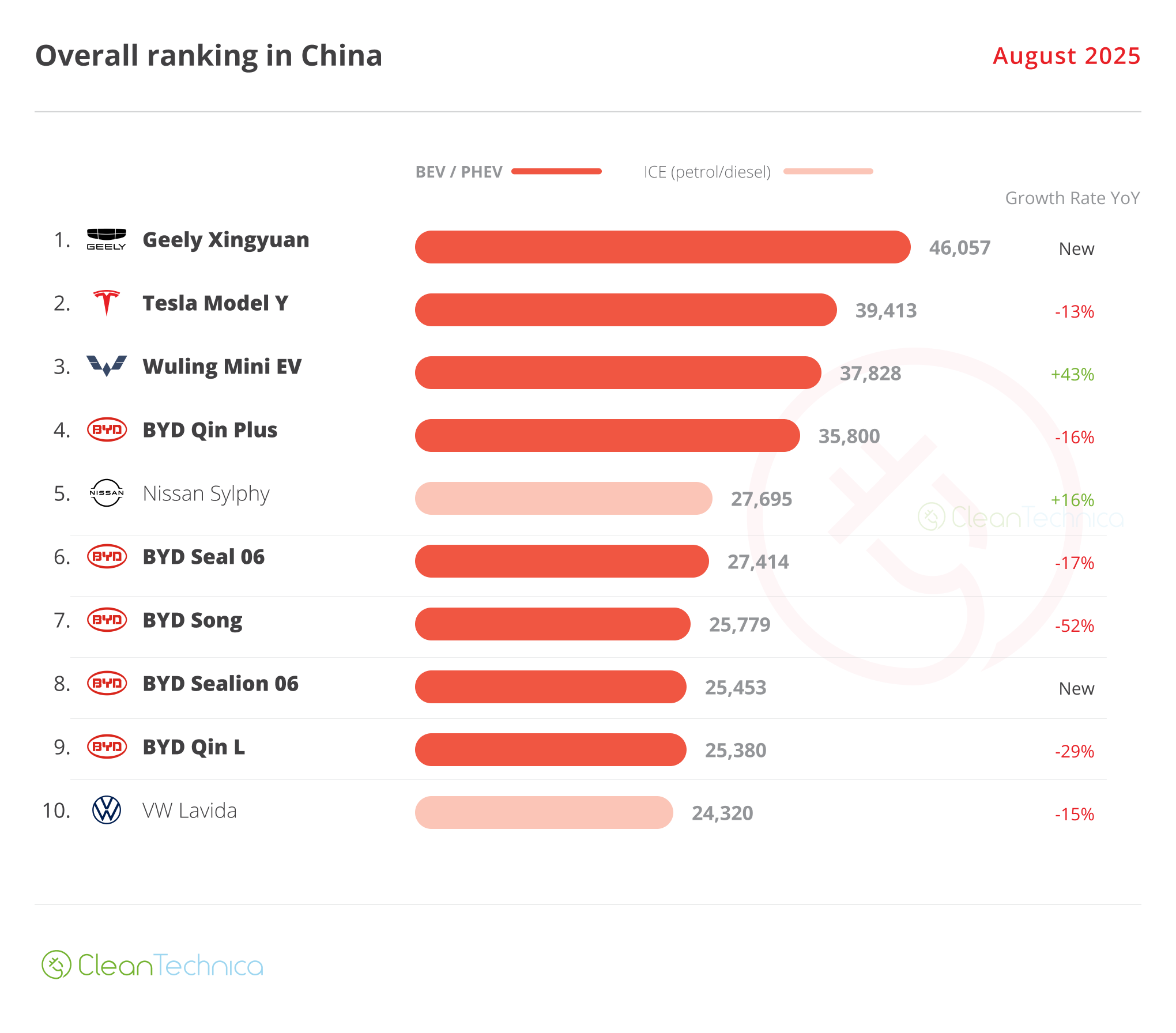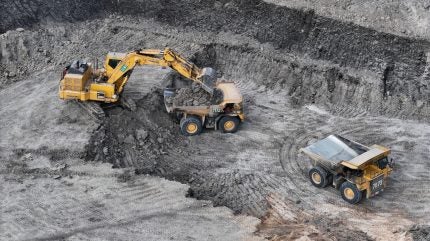
In his State of the Nation Address (SONA) on July 28, Philippine President Ferdinand Marcos Jr. reiterated his administration’s commitment to strengthening and increasing renewable energy in the Philippines’ energy mix, targeting an additional 35% utilization by 2030.
“When it comes to energy, renewable energy is the way forward,” the Philippine president said as he emphasized the aggressive promotion of renewables, which he wanted to increase to 50% by 2040.
Despite this ambition, he acknowledged that renewable energy currently accounts for only 22% of electricity generation, based on the latest Philippine Department of Energy (DoE) data. He also mentioned that the DoE is closely monitoring “sleeping” renewable energy initiatives.
Waking Up The Sleeping Renewable Energy Initiatives
The delays plaguing many of the Philippines’ sleeping renewable energy projects stem from a confluence of systemic challenges.
A primary hurdle involves securing possessory rights, as developers often encounter difficulties in acquiring the necessary land or property for their proposed sites. Coupled with this is the inability to complete System Impact Studies (SIS), a critical step for grid connection. Without a successful SIS and clearance from the National Grid Corporation of the Philippines (NGCP), projects cannot proceed, effectively stranding potential power generation capacity.
Beyond technical and land-related issues, bureaucratic hurdles and prolonged permitting processes remain a significant impediment, despite government efforts to streamline these procedures. Furthermore, a concerning factor is the lack of genuine intent from some developers, who may secure contracts without the necessary commitment or financial capacity, sometimes holding onto these agreements for speculative purposes rather than actual development.
In the case of offshore wind, it is the commissioning of the project that is the biggest delay. Offshore wind projects require highly specialized port facilities (manufacturing, marshaling, and operation/maintenance ports) with specific requirements for key length and load-bearing capacity to handle massive turbine components and installation vessels. The Philippines currently lacks sufficient wind-ready ports. The Philippines also does not yet have a comprehensive local supply chain for offshore wind components, leading to a heavy reliance on imports and increasing logistical challenges and costs.
Financial viability also plays a crucial role. Financial challenges can lead to investor withdrawal or an inability to secure new financing, especially if a project’s perceived return on investment becomes uncertain. This is often exacerbated by policy inconsistencies or unfavorable market conditions, such as inadequate tariffs or Green Energy Auction Reserve prices that are deemed too low by developers, effectively deterring much-needed investments in the sector.
The President challenged the government agencies concerned to solve these issues and wake up the sleeping renewable energy projects.
Transition To Cleaner Energy
Marcos also highlighted the ongoing efforts to expand the country’s clean energy sources, specifically mentioning solar, wind, and natural gas. While natural gas is a fossil fuel, it’s often framed as a “bridge fuel” due to its lower carbon emissions compared to coal. He announced the government’s aim to complete nearly 200 power plants in the next three years, which would supply power to four million homes, over 2,000 factories, or nearly 7,000 offices and businesses.
The Philippines Chief Executive specifically mentioned solar power as a clean energy source that the Philippines is prioritizing. He highlighted that while the country is “known in the world for prioritizing it,” challenges such as the intermittency of solar and wind power need to be addressed.
He directed the Department of Energy, National Electrification Administration, and Energy Regulatory Commission to expedite approvals for the Net Metering Program. This program allows consumers to sell excess power generated from sources which may encourage rooftop solar installations and excess power to be sold back to the grid, aiming to help lower electricity costs and promote a more decentralized energy system. He also stated the goal of electrifying an additional one million homes through solar home systems by 2028.
He then emphasized the importance of Battery Energy Storage Systems as a crucial support mechanism to optimize these intermittent renewable resources, making them more efficient and reliable. This technology, he stated, allows for power to be stored when not needed or during oversupply, and released when required or during undersupply, thereby helping to guarantee a stable base load supply. He also noted that the government aims to complete nearly 200 power plants, including those utilizing solar, to bring electricity to millions of households.
Sign up for CleanTechnica’s Weekly Substack for Zach and Scott’s in-depth analyses and high level summaries, sign up for our daily newsletter, and follow us on Google News!
Have a tip for CleanTechnica? Want to advertise? Want to suggest a guest for our CleanTech Talk podcast? Contact us here.
Sign up for our daily newsletter for 15 new cleantech stories a day. Or sign up for our weekly one on top stories of the week if daily is too frequent.
CleanTechnica uses affiliate links. See our policy here.
CleanTechnica’s Comment Policy



